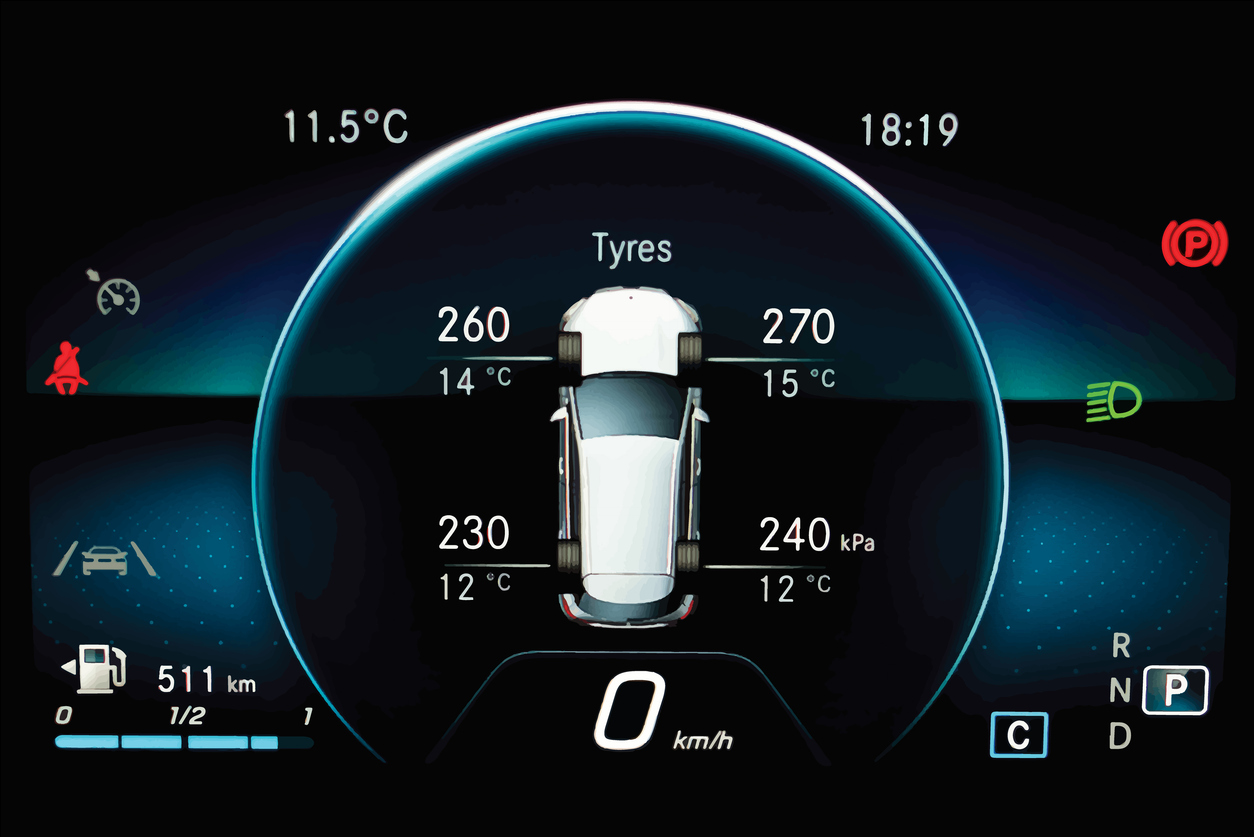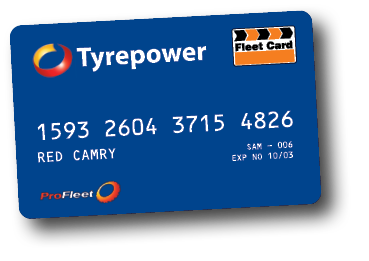Wet weather driving: staying safe on the road this winter
With winter just around the corner and road conditions becoming wet and slippery in many parts of the country, it’s worth brushing up on how to stay safe in this weather.
Get your car winter ready:
It’s important that your car is wet weather-ready to keep both you and other road users safe. Spend some time assessing your car to ensure you have good tyre tread – at least 1.6mm deep across the whole tyre width – and that all of your lights and windscreen wipers are in working order. You should also clean your windscreen and lights thoroughly to ensure complete visibility.
If you are not confident checking over your vehicle, drop in to see the experts at your local Tyrepower store who can perform these checks on your behalf. They can also replace any worn tyres if required.
Check the forecast:
It’s a good idea to check the weather forecast before leaving home, to avoid being stuck in any extreme weather conditions such as heavy rains, hail or forceful winds.
On rainy days you should also allow extra travel time, as traffic will be slow moving and you may need to reroute if you come across any blocked roads or hazards.
In addition, play close attention to road conditions, as often puddles can be far deeper than they appear on the surface. You should never drive across a flooded road, as floodwaters can be fast moving and contain debris.
Keeping safe on the road in wet conditions:
- Drive slowly to avoid aquaplaning and skidding
- Allow for more travel time
- Drive with your lights on low beam – it is easier to see with low beam lights in fog
- Use your demister to keep your windscreen clear of condensation
- Double the distance between you and the car in front to ensure sufficient stopping time
- Drive in the tracks of a car ahead of you – this will reduce the amount of water between the road and your car’s tyres
- Reduce your chances of skidding by avoiding braking suddenly or accelerating or turning quickly
- Do not drive on roads covered with water, even just partially covered
- Keep an extra eye out for pedestrians and cyclists, as visibility will be much lower
- When visibility is so poor that the edges of the road or other vehicles can’t be seen at a safe distance, pull over and wait for the rain to ease. If you’re stopping by the side of the road, pull off as far as possible and wait it out. Keep your headlights on and turn on your hazard lights to alert other drivers.



























